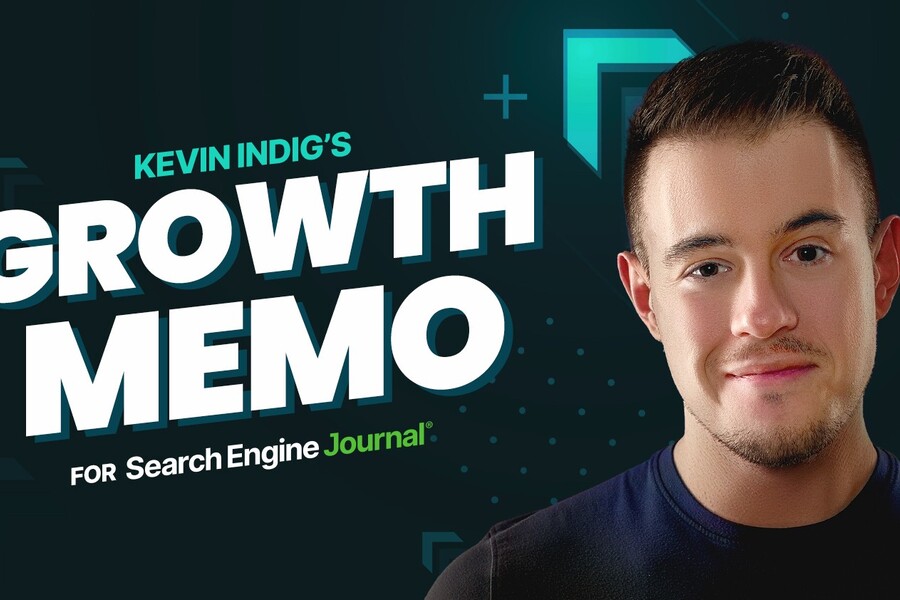Testing Google’s Post‑AIO Traffic Claims

A new study challenges Google’s assertion that its AI Overviews bolster web traffic. While Alphabet CEO Sundar Pichai has repeatedly maintained that “AI Overviews” both increase overall usage and “grow traffic to the ecosystem,” fresh data suggests the opposite may be true. Analysis of over 5 billion search queries across key markets finds AI Overviews are actually driving more “zero‑click” searches—sessions that end on Google itself, leaving fewer users clicking through to external sites.
Background and Methodology
Partnering with Similarweb, the study spans more than 5 billion searches and 20 million websites in the U.S., U.K., and Germany. Researchers tracked metrics including:
- Zero‑click share: The percentage of searches without any external click.
- Pageviews per query: How often users navigate to publisher sites.
- Search session behavior: Average queries per session, time on Google.com, and query length—both before and after AI Overviews rolled out in May 2024.
This comprehensive data allows a side‑by‑side comparison of keywords with and without AI Overviews (AIOs) and measures how users’ journeys have shifted.
Key Findings
- Zero‑Click Share Climbs
- In April 2024, 71.4% of AIO‑enabled queries ended without an external click. By November 2024, that figure plateaued at 76%.
- Even non‑AIO queries saw rising zero‑click rates, fueled by other SERP features such as Featured Snippets and video carousels.
- Result: AIO queries now are 11.4 percentage points more likely to end on Google than non‑AIO queries—down from a 15.4 point gap in May 2024, but still a substantial diversion from external sites.
- Fewer Pageviews per Query
- Keywords without AI Overviews generated twice as many pageviews as those with AIOs, signaling that AIOs divert traffic away from publisher pages.
- Although pageviews on AIO keywords rose 21.5% from May to November 2024, non‑AIO pageviews grew just 1.3% before dipping, indicating that AIO growth figures alone can be misleading when not compared against broader trends.
- User Engagement Patterns
- Consistent with Part 1 of the series, users now visit Google more often but spend less time per session and do not significantly lengthen or complicate their queries.
- The data suggests a “quick‑answer” behavior: users get their summary on the SERP and move on, rather than delving deeper into the wider web.
Why It Matters
For news publishers, bloggers, and e-commerce sites reliant on ad impressions and referral traffic, the rise in zero‑click searches poses a grave threat. Fewer clicks mean reduced pageviews, lower ad revenue, and diminished opportunities to engage readers with in‑depth content.
“This trend fundamentally alters the economics of online content,” says Dr. Emily Chan, a digital media analyst. “If Google’s AI Overviews continue to satiate user queries, many traditional publishers will struggle to capture visitor attention.”
Moreover, the shift undercuts Google’s promise to “grow traffic to the ecosystem.” Instead of funneling searchers toward diverse web resources, AI Overviews appear to be a landing zone in themselves, substituting quick summaries for full articles.
What’s Next
Next week, Growth Memo will supplement these quantitative findings with the first‑ever AI Overview usability study, offering qualitative insights into how real users interact with AI summaries. Those results may further illuminate whether AI Overviews enhance or erode publishers’ relationships with search audiences.
Bottom Line:
Although AI Overviews deliver rapid answers, they do so at the expense of click‑through traffic. Publishers and content creators must now rethink strategies for visibility in a landscape where the SERP itself increasingly contains the full “answer.”
